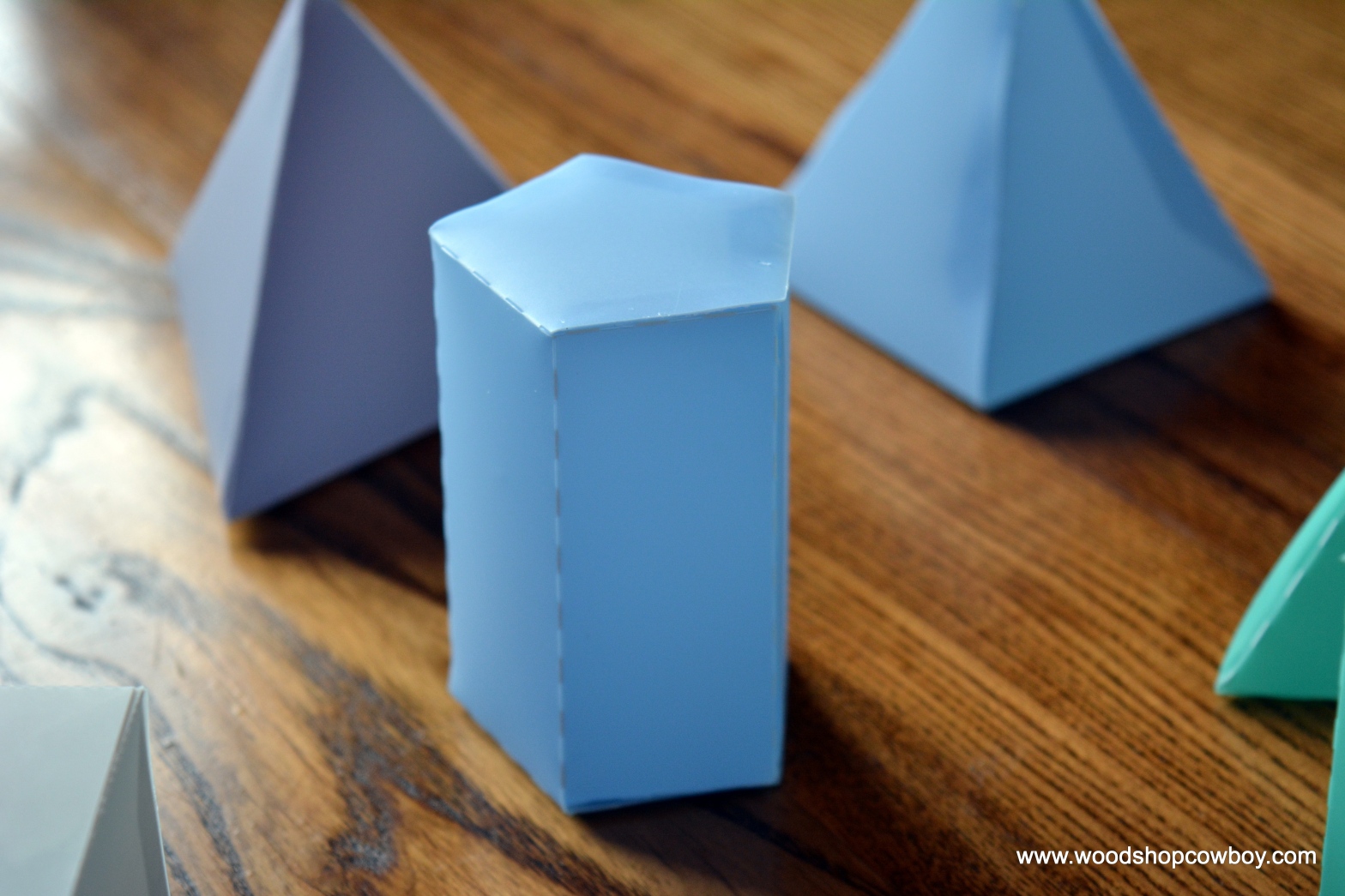In this project, young makers use a vinyl cutter to cut and score geometric nets, connecting 2D shapes to 3D prisms, polyhedrons, etc. They learn to recognize the difference between two and three-dimensions, while also seeing a relationship between the two. Lastly, this is a great opportunity for fine motor skill practice. The plastic requires superglue to connect, but paper nets can be assembled with hot glue or glue sticks.
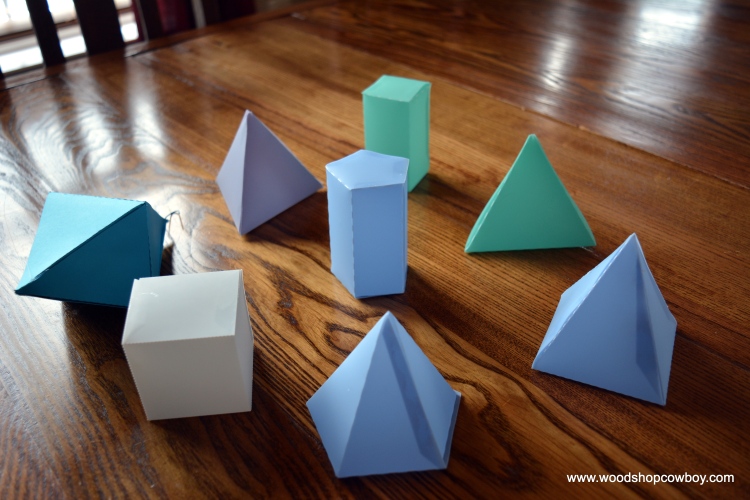
If you want to make your own nets, you can download the files:
Makerspace Tool: Vinyl Cutter
Vinyl cutters are simple CNC machines which cut out shapes and designs in 2D media, such as fabric, vinyl adhesives (stickers) and craft paper. These versatile little machines make tons of neat projects: cards, simple silkscreens, custom stickers, etc.
The Silhouette Cameo is my newest addition to my home makerspace, the J&J Hideaway. The Cameo makes a great starter tool for the young (and old) because a maker can transfer many skills learned here to other machines. The Cameo is powered by proprietary software, Silhouette Studio. Studio follows many conventions of 2D CAD programs so your CAD skills transfer into other programs. Unfortunately, it doesn’t import or export the two most-recognized maker file types, SVGs and DXFs. There are work-arounds available for those interested to look and experiment.
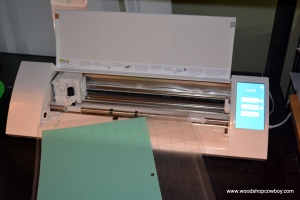
In use, the Cameo is quiet and easy to set up and use. The Studio software is quick and easy to learn and there are some great sites which provide projects and support. The Silhouette Blog has great content for a corporate site, but I prefer bloggers. Silhouette School is a fantastic resource.
Materials:
Plastic Dividers or Cardstock
Super glue or hot glue/glue stick
Assembly:
Download and install Silhouette Studio. Load the project files into the software.
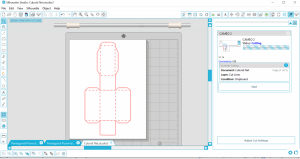
Set your cut settings for the material. For plastic, I use the chipboard setting. For cardstock, use the appropriate settings on your machine.
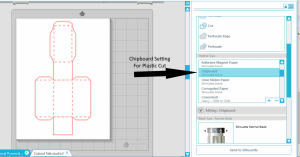
Prep your materials for the cut. For plastic, I place the material on the “heavy hold”. For cardstock, I use the “light hold” mat. Load your cutting mat.

Send the file to the Silhouette.
Fold the net into a prism.
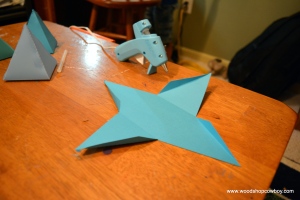
Maker Extension:
This project can go in so many wonderful directions. My sons enjoyed making multiple nets and gluing the resulting prisms together into interesting ways. This paper diamond will get a cool facelift during the holidays as a cool tree ornament.
The Shilouette software can turn many images (especially high-contrast black and white ones) into outlines using the trace tool. A quick Google search for “mathematical nets” print out tons of options, from simple cubes to complicated bucky balls. With a little clean-up work, the sky is the limit!
Paper craft is a longstanding art form using paper as its prime medium. Mathematical nets are just the beginning. Instructables has tons of resources available to those interested in going down the rabbit hole. Makers have built tool-chains to turn 3D models into paper nets for all sorts of cool fun, especially as Halloween is just around the corner. Lastly, there are tons of vendors and bloggers who specialize in papercraft models. Simply print and fold!
Academic Connection:
Young makers (K through 3) should focus on assembling the shapes with help, naming the shapes and noticing the relationship between 2D and 3D shapes. Young makers between grades 3 and 6 can use these shapes to define edges, vertices, bases, etc and extend their spatial/geometric competency. Middle school educators can use nets like this to create unit cubes which show how volume works.
Thank you for your continued support.
Thank you for visiting my blog. To support for this site, please like WoodshopCowboy on Facebook or follow me on Twitter, Pinterest or Instagram. If you are interested in making and education, why not check out Work Notes, a curated set of Maker articles from the web, published every week?
